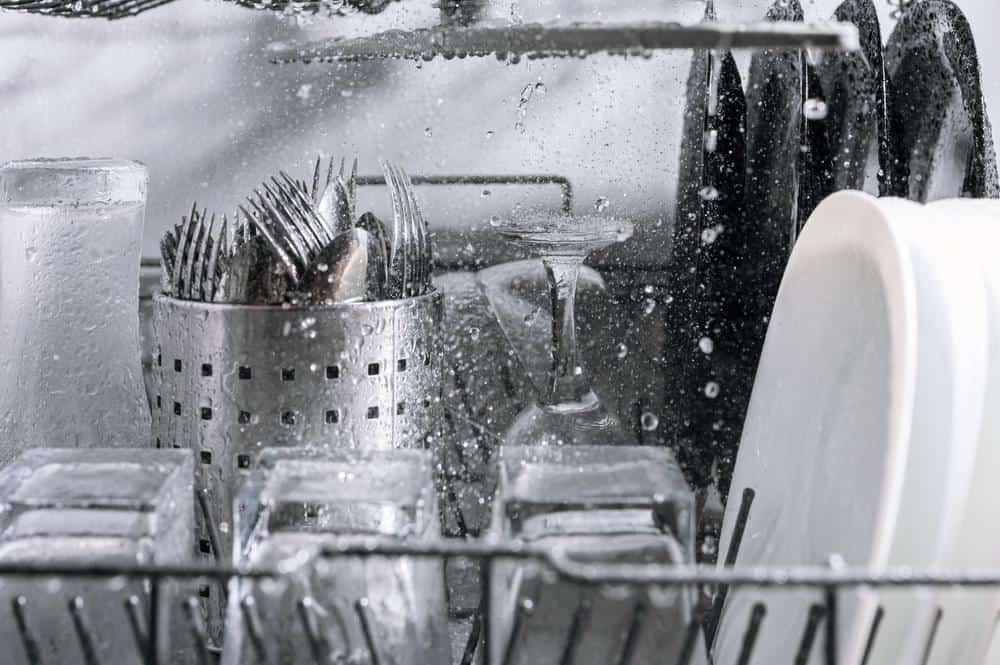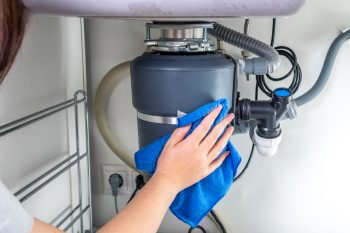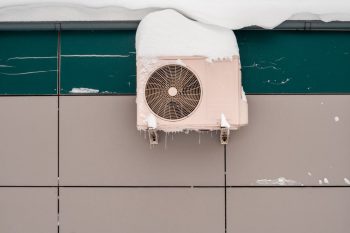
Fixing a dishwasher door hinge isn’t as daunting as it might initially appear. With the right tools and a little patience, you can save both time and money by tackling the task yourself. This comprehensive guide will take you through the process step by step, making it easy to understand and follow.
To fix a dishwasher door hinge, start by disconnecting the power and water supply. Next, remove the lower access panel and the outer door panel to access the door hinges. If necessary, remove the door spring to access the hinge. Then, remove the damaged hinge and replace it with a new one, securing it with the necessary screws, washers, or spacers. Reattach the door spring if you removed it, then reassemble the dishwasher. Test the door to ensure it opens and closes smoothly.
Signs That Your Dishwasher Door Hinge Needs Repair
Before we delve into how to fix a dishwasher hinge, it’s essential to identify the signs that your dishwasher door hinge might need some attention. Here are some common symptoms:
- The door doesn’t close securely, indicating that the hinges might be loose or damaged.
- There’s water leakage, which could be due to misaligned or damaged hinges.
- The door opens unevenly or drops down suddenly, suggesting that the springs on the hinges might need replacing.
- The door falls open too fast, indicating a problem with the tension springs connected to the hinges.
Tools Required for the Job
To fix a dishwasher door hinge, you’ll need the following tools:
- A screwdriver
- A wrench
- Pliers
- A replacement hinge kit
- Additional parts (if needed), such as screws, washers, or spacers
Safety Measures to Follow
Safety should always be your top priority when performing any DIY repairs. Here are some safety measures you should follow:
- Disconnect the power supply and water source to the dishwasher.
- Use the appropriate tools for the job.
- Wear safety gloves to protect your hands from sharp edges.
- Follow the instructions step by step without rushing the process.
The Step-by-Step Process to Fix a Dishwasher Door Hinge
Fixing a dishwasher door hinge involves a few steps:
- Disconnect the power and water supply: Always start by disconnecting the power and water supply to the dishwasher.
- Remove the lower access panel: Use a flathead screwdriver or a nut driver to rotate the lower access panel fasteners counterclockwise a quarter turn to detach the panel.
- Remove the outer door panel: Next, detach the outer door panel to access the door hinges.
- Remove the door spring: Depending on your dishwasher model, you may need to remove the door spring to access the hinge.
- Remove the damaged hinge: Using the appropriate tools, remove the damaged hinge from the dishwasher.
- Install the new hinge: Align the new hinge in the correct position and secure it using the necessary screws, washers, or spacers.
- Reattach the door spring: If you removed the door spring earlier, reattach it to the dishwasher.
- Reassemble the dishwasher: Finally, reattach the outer door panel and secure the lower access panel back in place. Restore power and water supply and test the door to ensure it opens and closes smoothly.
Common Mistakes to Avoid
While the process is straightforward, there are some common mistakes you should avoid:
- Not disconnecting the power and water supply before starting the repair.
- Using the wrong tools or replacement parts.
- Not identifying the actual problem before starting the repair.
- Overextending the dishwasher door, which can cause additional damage.
- Not wearing safety gloves.
- Rushing the process and causing additional damage.
Maintaining Your Dishwasher Door Hinge
Once you’ve fixed your dishwasher door hinge, it’s crucial to maintain it properly to prevent future issues. Regularly clean the hinge area, lubricate the hinges, inspect the door springs and hinges for any signs of damage, ensure the dishwasher is leveled properly, and avoid overextending the door.
Fixing a dishwasher door hinge is a doable task for most homeowners. However, if you’re uncomfortable with the process or encounter difficulties, don’t hesitate to consult a professional. Remember, it’s always better to be safe than sorry.
Frequently Asked Questions
What type of lubricant should I use for the hinge?
You should use a food-grade silicone lubricant for your dishwasher door hinge. This type of lubricant is safe to use in appliances that come into contact with food and can withstand the heat and moisture inside the dishwasher.
What should I do if my new hinge doesn’t fit?
If your new hinge doesn’t fit, it’s likely that you’ve purchased the wrong replacement part. Always make sure to buy a hinge that’s specifically designed for your dishwasher model. You can typically find this information in your dishwasher’s manual or on the manufacturer’s website.
How often should I inspect my dishwasher door hinge for damage?
It’s a good practice to inspect your dishwasher door hinge for any signs of damage every six months. However, if you notice that your dishwasher door isn’t functioning properly (for example, it’s not closing securely or there’s water leakage), you should inspect the hinge immediately.
How can I tell if my dishwasher is leveled properly?
To check if your dishwasher is leveled, you can use a bubble level. Place the level on top of the dishwasher and adjust the appliance’s feet until the bubble is centered between the two lines.
What could be the reason behind my dishwasher door falling open too fast even after replacing the hinge?
If your dishwasher door is still falling open too fast after replacing the hinge, the problem might be with the tension springs rather than the hinge itself. The springs control the speed at which the door opens and closes. If they’re worn out or damaged, they won’t be able to hold the door properly, causing it to fall open too fast.












